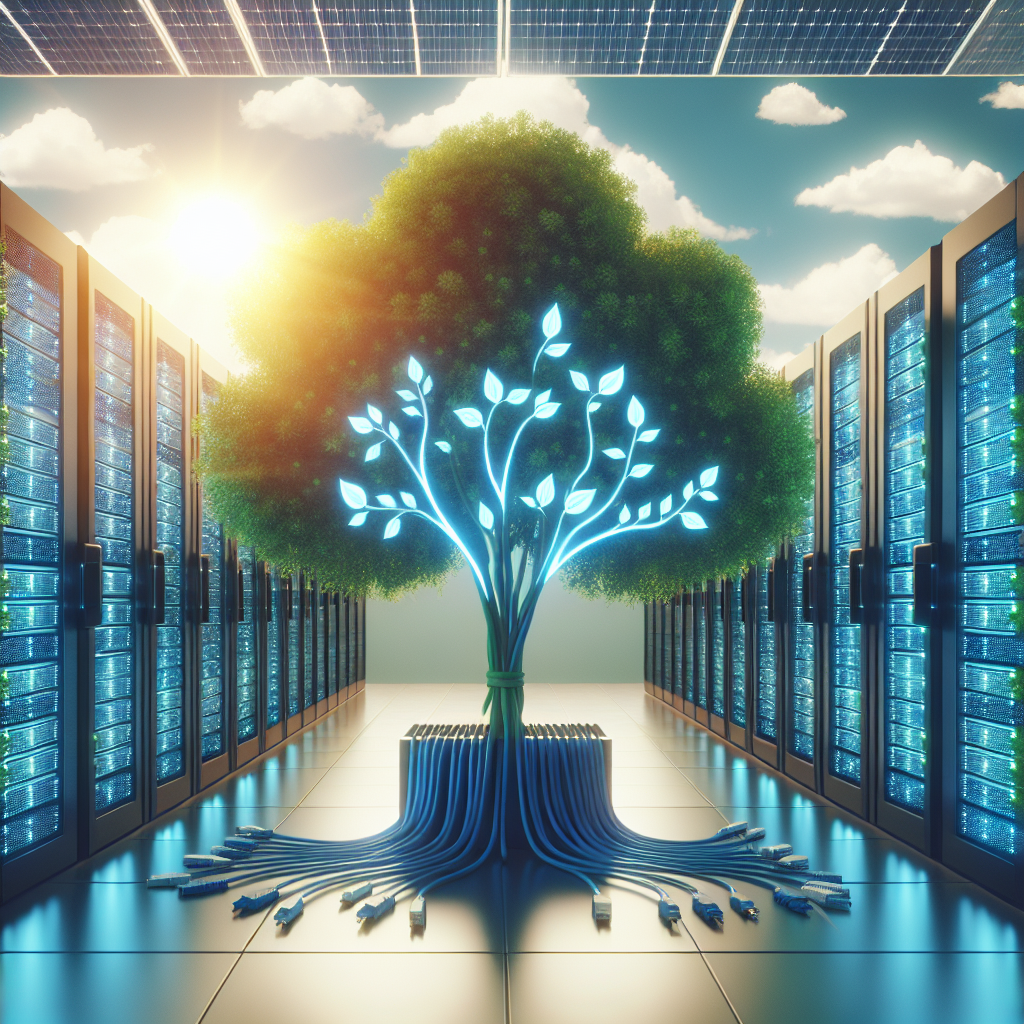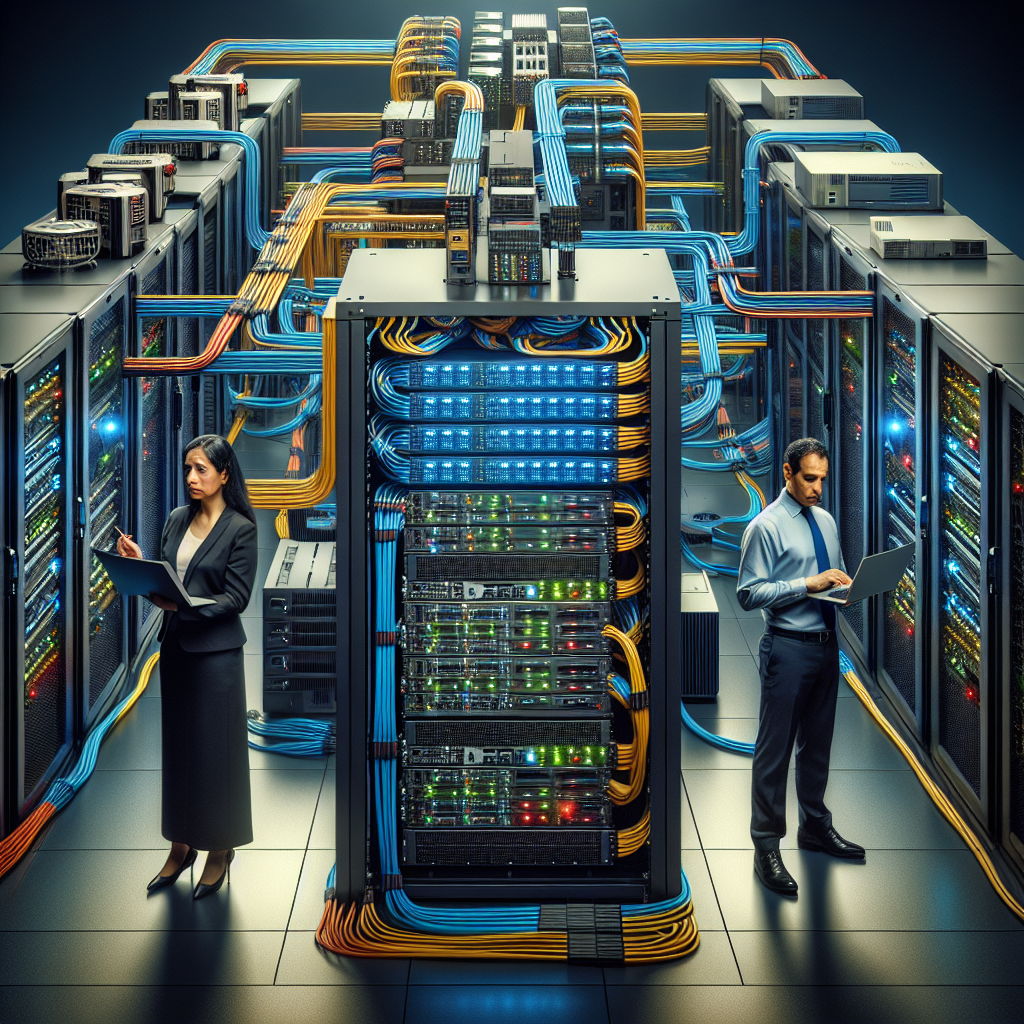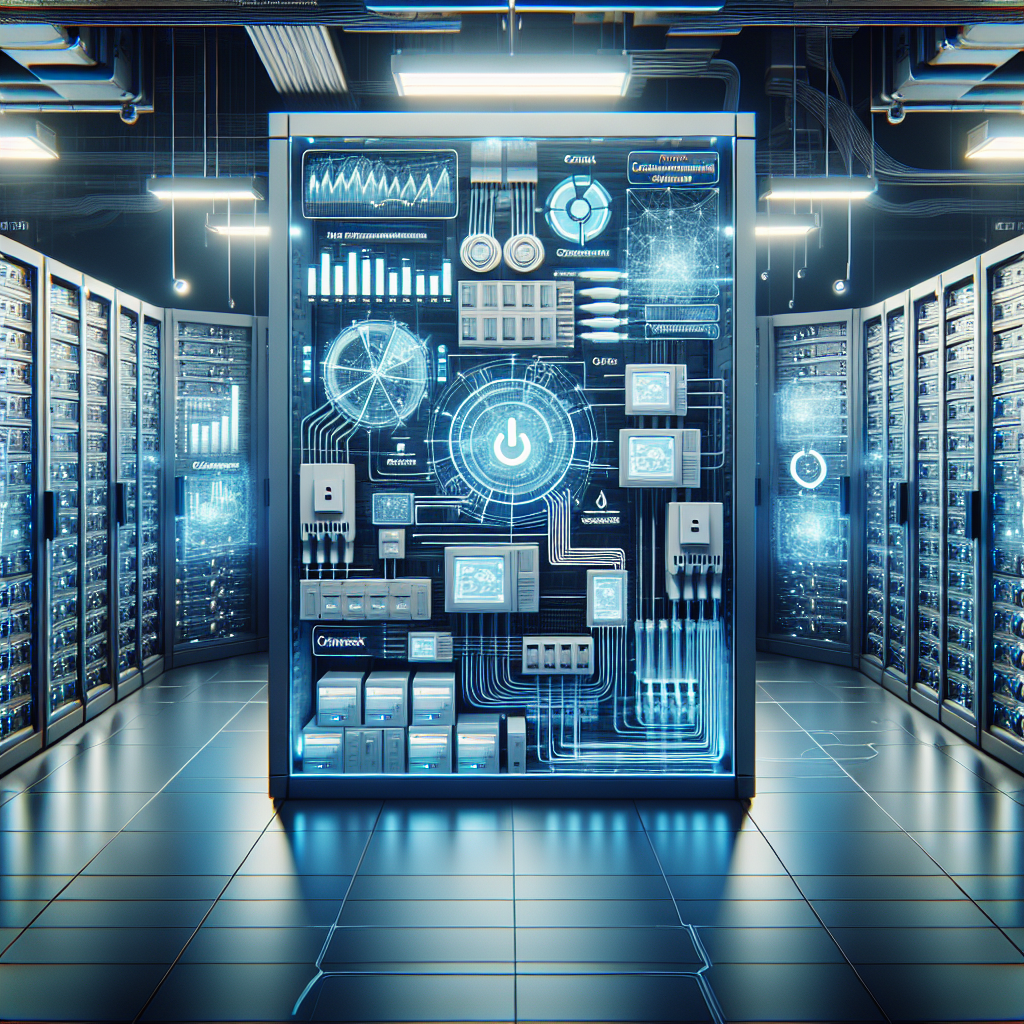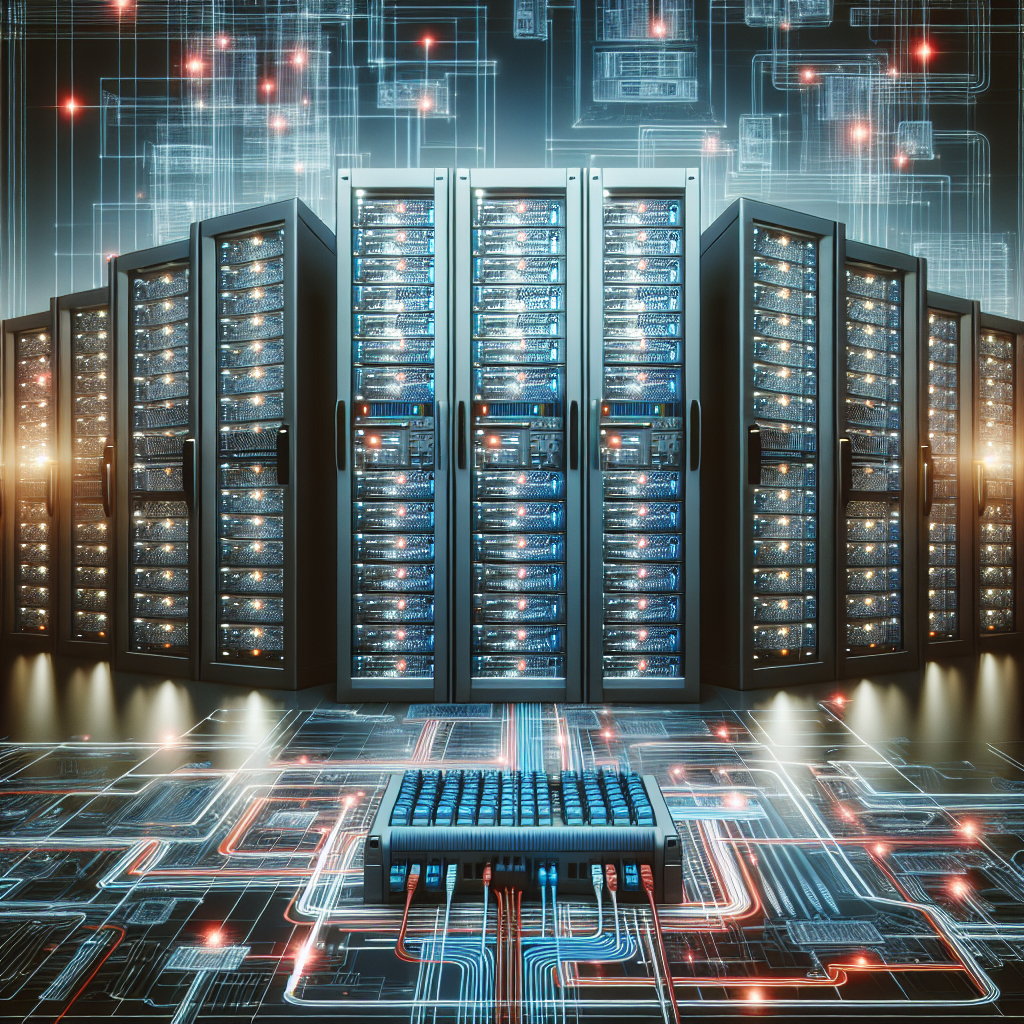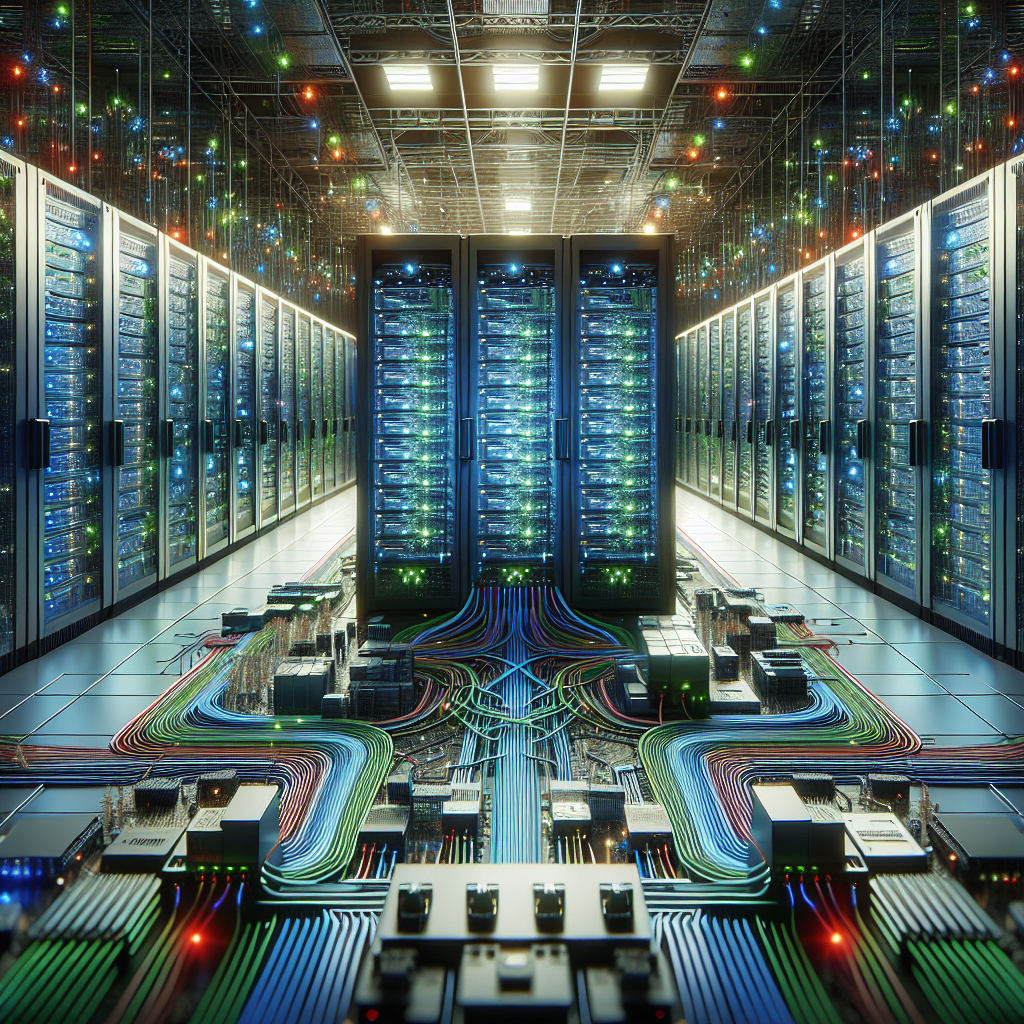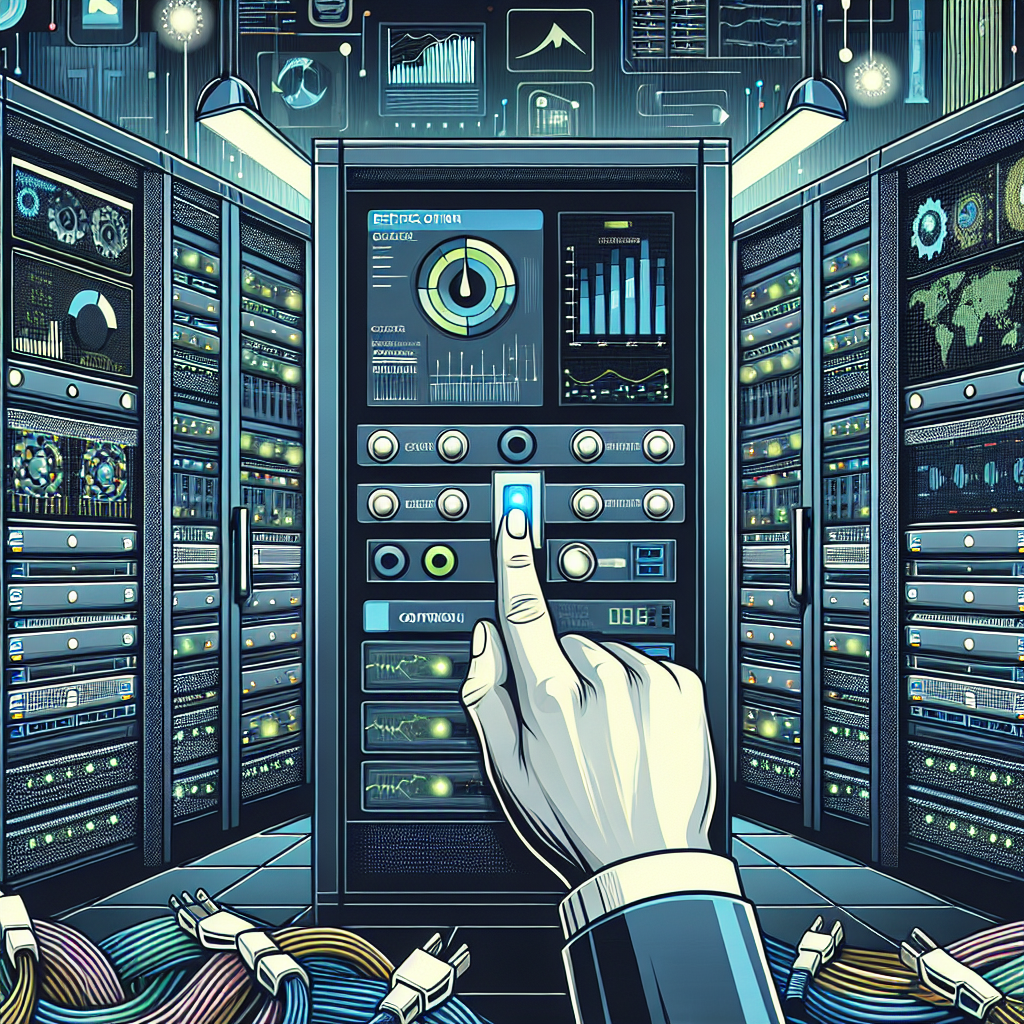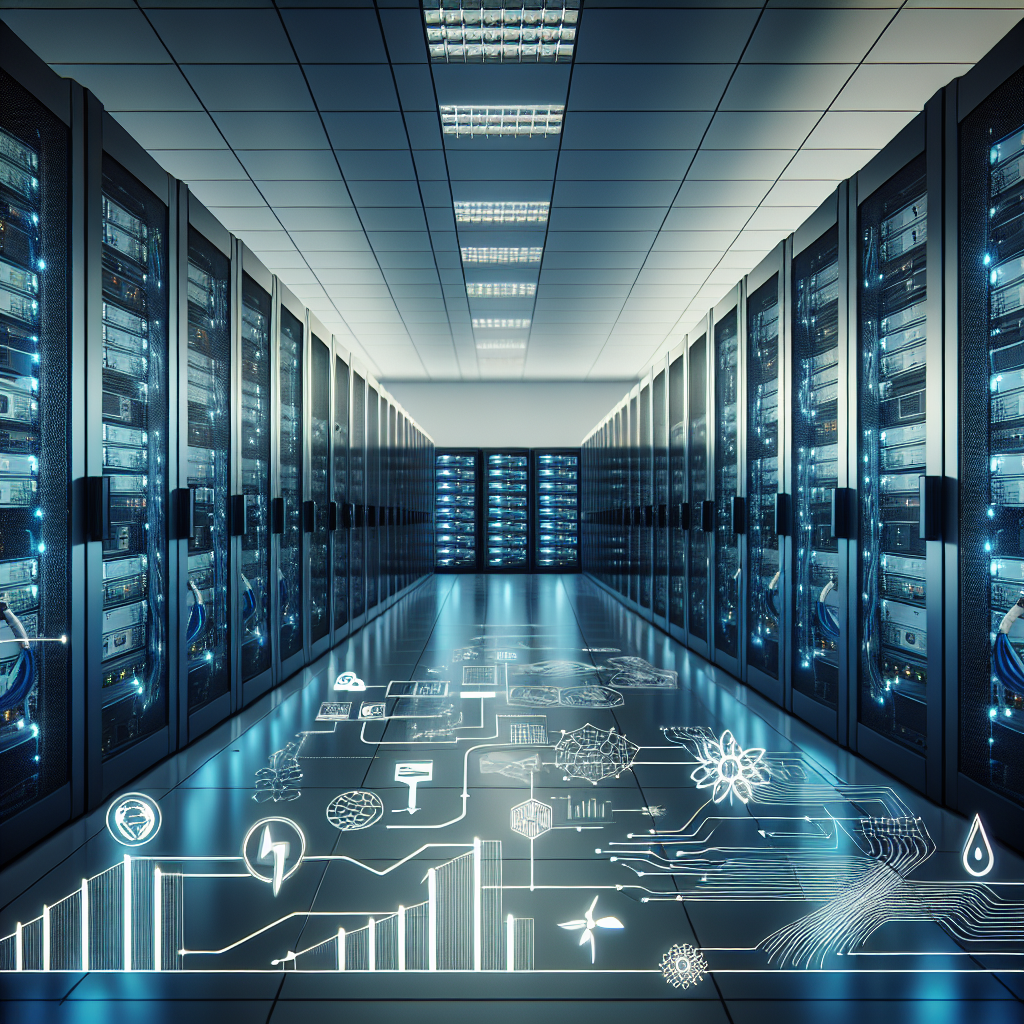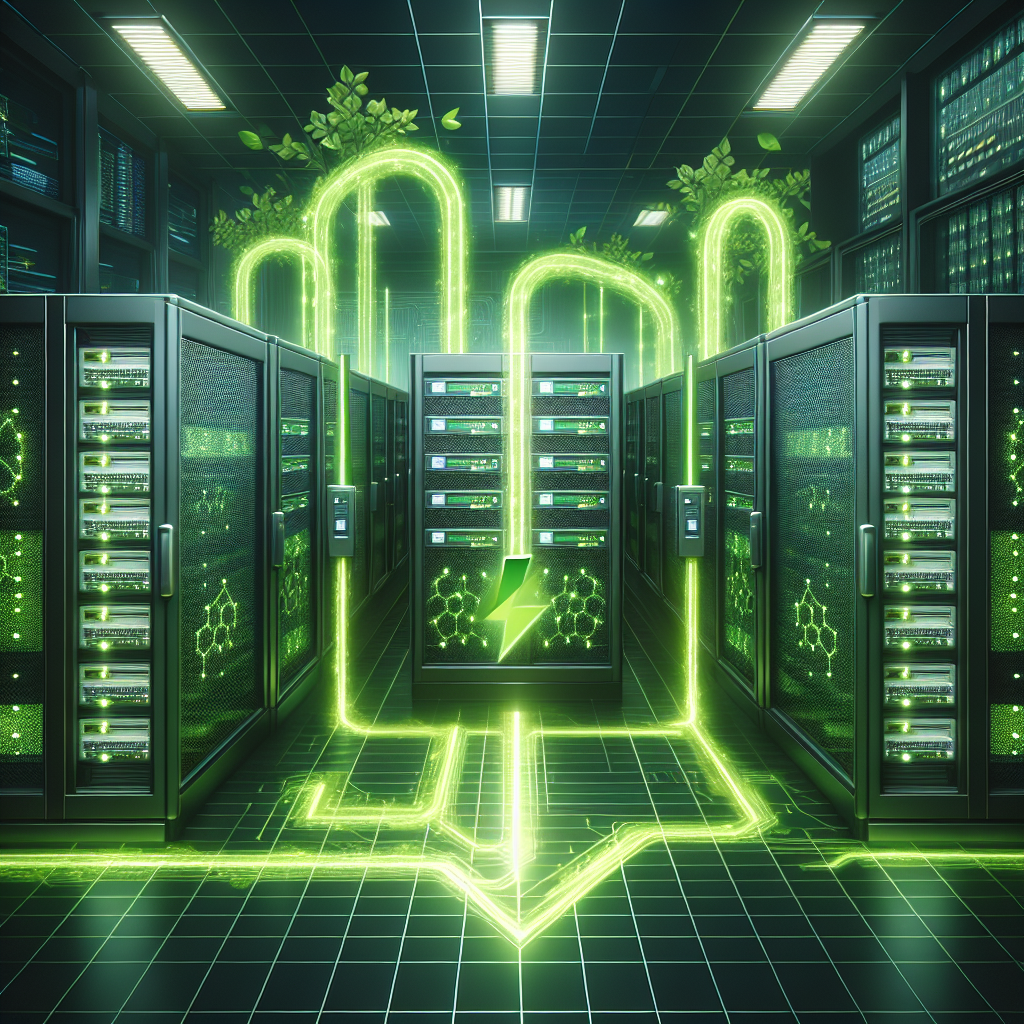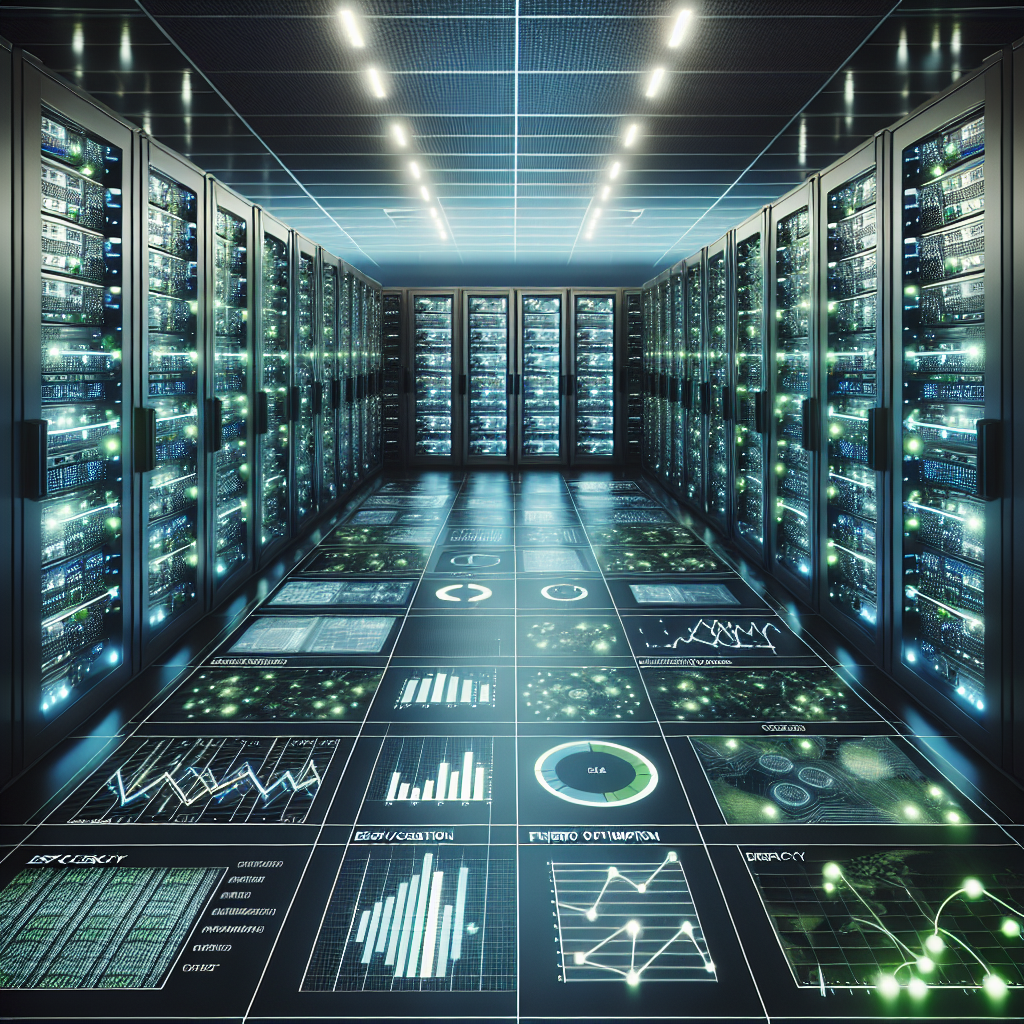Data centers are the backbone of modern businesses, serving as the central hub for storing, processing, and distributing data. However, the smooth operation of a data center heavily relies on the efficient distribution of power. Power distribution not only impacts the performance and reliability of a data center but also significantly affects operational costs.
The power distribution system in a data center is responsible for delivering electricity from the utility grid to the servers, networking equipment, and other critical infrastructure. Any disruptions or inefficiencies in this system can have a cascading effect on the entire data center operation. For instance, if there is a power outage or a voltage fluctuation, it can lead to downtime, data loss, and hardware damage, resulting in significant financial losses for the business.
Moreover, the power distribution system also plays a crucial role in energy efficiency and sustainability. Inefficient power distribution can lead to energy wastage, higher electricity bills, and increased carbon footprint. By optimizing power distribution, data centers can reduce their energy consumption, lower operational costs, and contribute to environmental conservation.
One of the key factors that influence power distribution in data centers is the design and configuration of the electrical infrastructure. A well-planned and properly implemented power distribution system can ensure reliable and stable electricity supply to all equipment, minimizing the risk of downtime and maximizing performance. This includes the use of redundant power sources, backup generators, uninterruptible power supply (UPS) systems, and power distribution units (PDUs) with monitoring and management capabilities.
In addition, the location and layout of the data center also impact power distribution. Data centers situated in regions with unstable or unreliable power grids may need to invest in additional backup power systems to ensure continuous operation. Similarly, the physical layout of the data center, including the placement of servers, cooling systems, and power distribution equipment, can affect the efficiency of power distribution and cooling.
Overall, the impact of power distribution on data center operations and costs cannot be overstated. By investing in a reliable and efficient power distribution system, data centers can enhance their performance, reduce downtime, lower operational costs, and improve sustainability. It is essential for businesses to prioritize power distribution as a critical aspect of their data center infrastructure to ensure smooth and uninterrupted operation.

